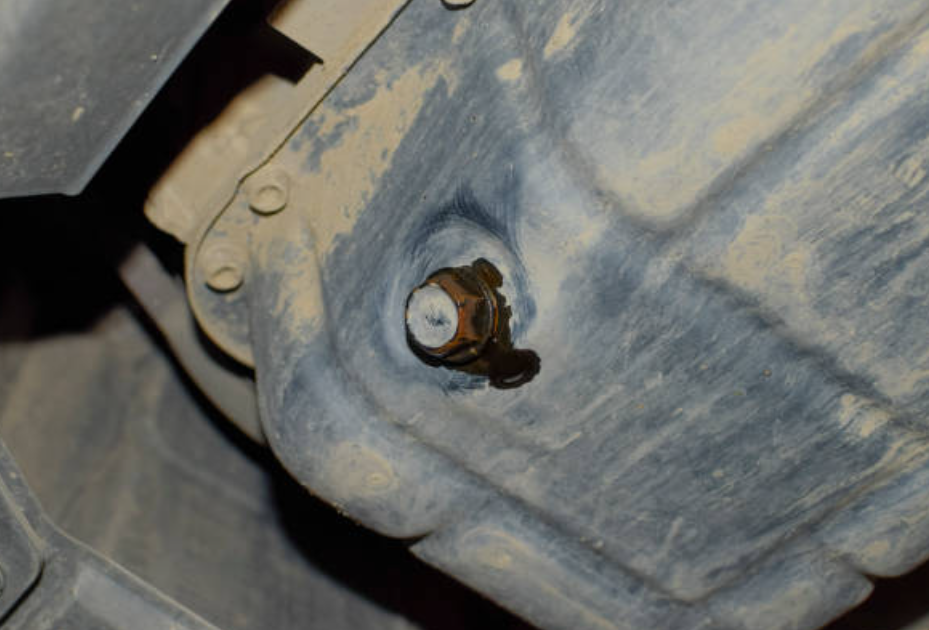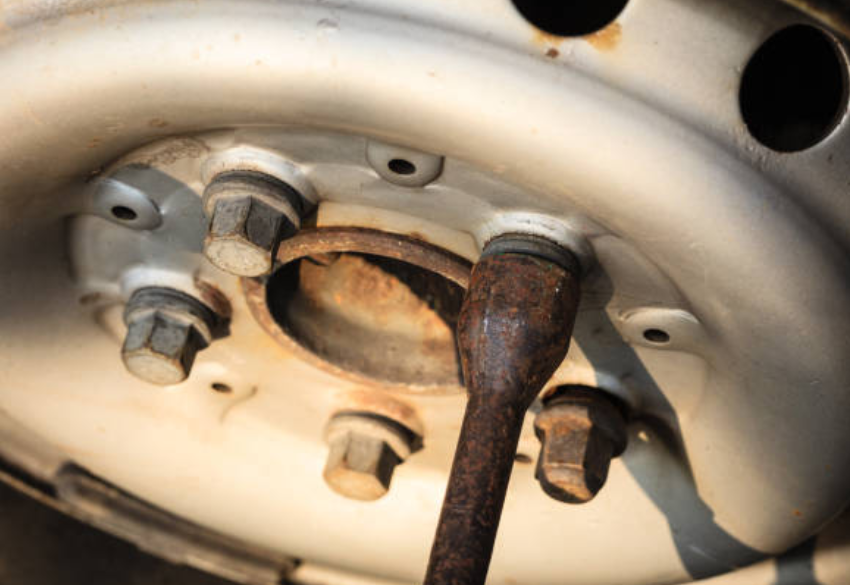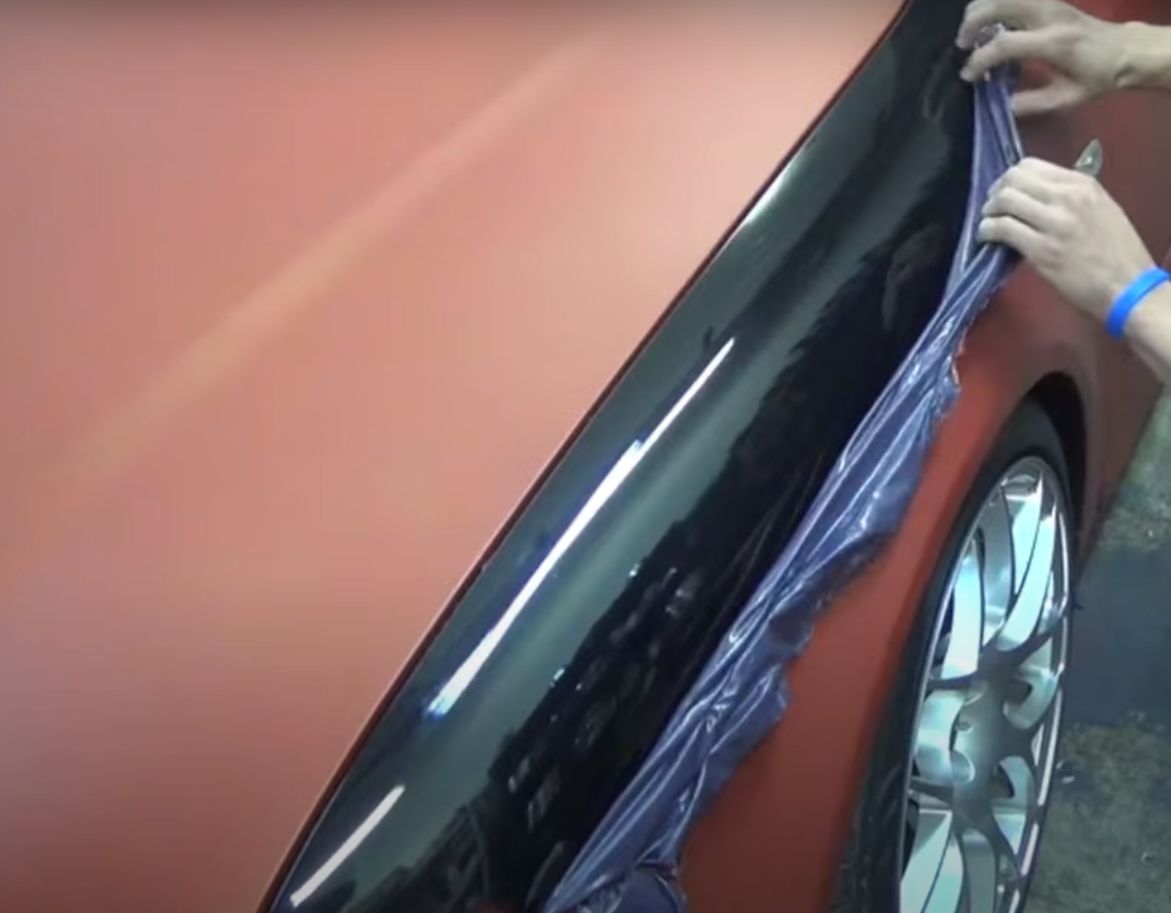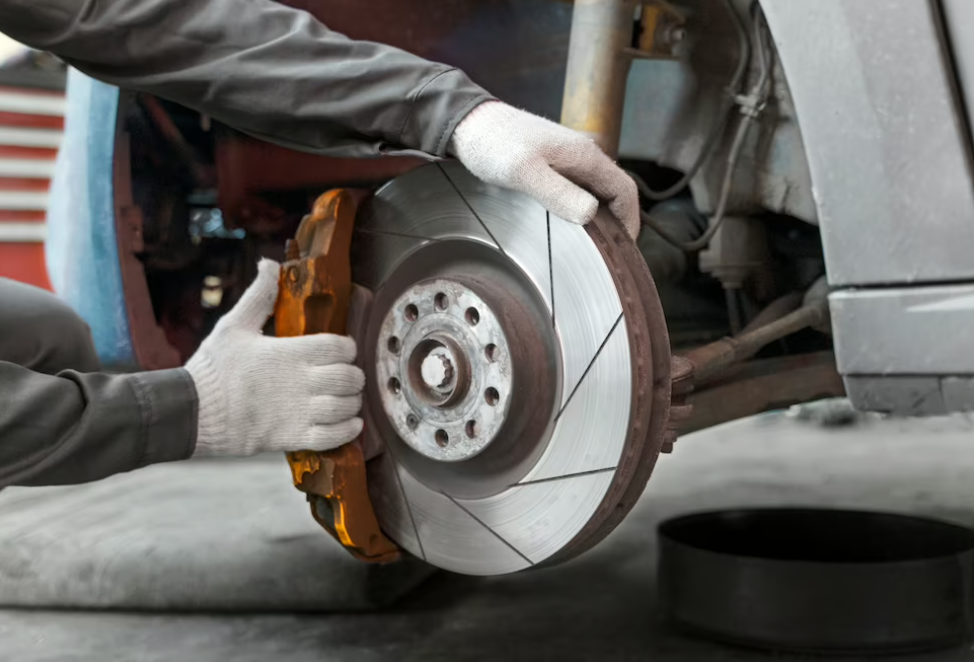How to Remove A Stripped Bolt
Stripped bolts can be a frustrating challenge when working on DIY projects or vehicle repairs. However, fear not! In this blog, we'll explore some effective methods to remove stripped bolts without causing further damage. Whether you're an experienced handyman or a novice DIY enthusiast, these tried-and-tested techniques will help you conquer the dreaded stripped bolt with confidence.

What Causes a Bolt to Become Stripped?
A stripped bolt is a frustrating and common issue that arises when the grooves or threads on its head or shaft become worn, damaged, or deformed. This prevents the bolt from engaging properly with a corresponding tool, making it difficult to tighten or loosen.
Several factors can lead to stripping, such as over-tightening, using incorrect tools, exposure to rust and corrosion, repeated use, and improper torque settings. To prevent stripping, it's essential to use the right tools, apply proper torque, and ensure bolts are of good quality and material. When faced with a stripped bolt, using appropriate removal methods and tools is crucial to avoid causing further damage.

Identifying a stripped bolt is a straightforward process that involves visual inspection and careful examination. To start, carefully examine the bolt head for any obvious evidence of wear, such as flattened grooves or rounded edges, which are common indicators of stripping. Using the proper instrument, such as a wrench or screwdriver, try to spin the bolt next.
If the tool slips or doesn't grip properly, it indicates the bolt may be stripped. Listen for any grinding or chewing sounds during the turning process, which can further confirm the stripping. Additionally, compare the suspect bolt with an undamaged one of the same size and thread type to observe any differences in thread depth or shape. Once a stripped bolt is identified, it's crucial to proceed cautiously to avoid causing further damage and consider using appropriate extraction methods if removal is necessary.
Step 1: Preparation
Gather the necessary tools and materials. You will need penetrating oil, a wrench or socket that fits snugly on the bolt, pliers, a hammer, a heat gun or propane torch (optional), and a drill with a reverse function. Ensure you have adequate lighting and a clean work area.
Step 2: Apply Penetrating Oil
Spray penetrating oil, such as WD-40, onto the stripped bolt and allow it to penetrate the threads for several minutes. This will help loosen any rust or debris, making it easier to remove.
Step 3: Attempt Normal Removal
Using the appropriately sized wrench or socket, attempt to turn the bolt counterclockwise to remove it. Apply steady pressure while ensuring the tool has a firm grip on the bolt.
Step 4: Use Pliers or Vise Grips
If the bolt head is still accessible, use locking pliers or vise grips to clamp onto the stripped bolt head. Turn counterclockwise to provide additional torque and try to loosen the bolt.
Step 5: Apply Heat (Optional)
If the bolt is still jammed, use a heat gun or propane torch to heat the region near the bolt head. The heat-induced expansion and contraction might cause the bolt and the threaded material to separate from one another.
Step 6: Try a Rubber Band
If the bolt head is slightly raised, place a thick rubber band over it and press down firmly with a screwdriver. The rubber band's grip may provide enough friction to turn the bolt.
Step 7: Drill a Hole (If Necessary)
If previous methods fail, carefully drill a small hole into the center of the stripped bolt using a drill with the reverse function. Ensure the hole is deep enough to accommodate a screw extractor.
Step 8: Use a Screw Extractor
Turn a screw extractor counterclockwise after inserting it into the drilled hole. You may remove the bolt by using the extractor, which will grab onto it.
Step 9: Tap with a Hammer
If the bolt still resists, gently tap the stripped bolt head with a hammer to create vibration. This may help loosen any remaining debris or rust.
Step 10: Seek Professional Help (If Needed)
If all attempts fail, and you're concerned about damaging the surrounding material, consider seeking professional assistance from a mechanic or technician with experience in bolt extraction.

-
Use the Right Tools: Always use the right equipment for the work, such as the proper size of sockets, screwdrivers, and wrenches. Avoid using tools that are worn out or broken since they could slide and hurt the bolt.
-
Apply Proper Torque: Use a torque wrench to tighten bolts to the manufacturer's recommended torque specifications. Over-tightening can lead to stripping, so follow the specified torque values diligently.
-
Lubricate Threads: Before tightening bolts, apply a suitable lubricant to the threads. This helps reduce friction, making it easier to turn the bolt and reducing the risk of stripping.
-
Avoid Cross-Thread: Ensure that the bolt is aligned correctly with the threads of the mating nut or hole. Start threading the bolt by hand to prevent cross-threading, and ensure it turns smoothly before using a tool.
-
Quality Bolts: Invest in high-quality bolts made from durable materials. Quality bolts are less likely to strip and will provide better performance and longevity.
-
Inspect Threads: Before using a bolt, inspect the threads for any signs of wear, damage, or rust. Replace any worn or damaged bolts to avoid potential issues.
-
Penetrating Oil: When encountering stubborn bolts, apply penetrating oil to loosen rust and debris. Allow the oil to penetrate the threads before attempting removal.
-
Proper Storage: Store bolts and other fasteners in a dry and organized manner to prevent rust and ensure they remain in good condition for future use.
-
Gentle Start: When reusing bolts, start by turning them counterclockwise (loosening) before tightening them clockwise. This helps prevent cross-threading and ensures the threads align correctly.
-
Seek Professional Help: If you encounter a challenging bolt or if a bolt is damaged during removal, consider seeking assistance from a professional mechanic or technician with experience in bolt extraction.
-
Can I prevent bolts from becoming stripped in the future?
Yes, preventive measures include using the right tools, applying proper torque, lubricating threads, avoiding cross-threading, using quality bolts, inspecting threads before use, and proper storage.
-
When should I seek professional help for stripped bolt removal?
If you've tried various removal methods without success, or if you're concerned about damaging the surrounding material, it's best to seek assistance from a professional mechanic or technician.
Read more article here: Top 10 Motorcycle License Plate Frames To Rev Up Your Ride













